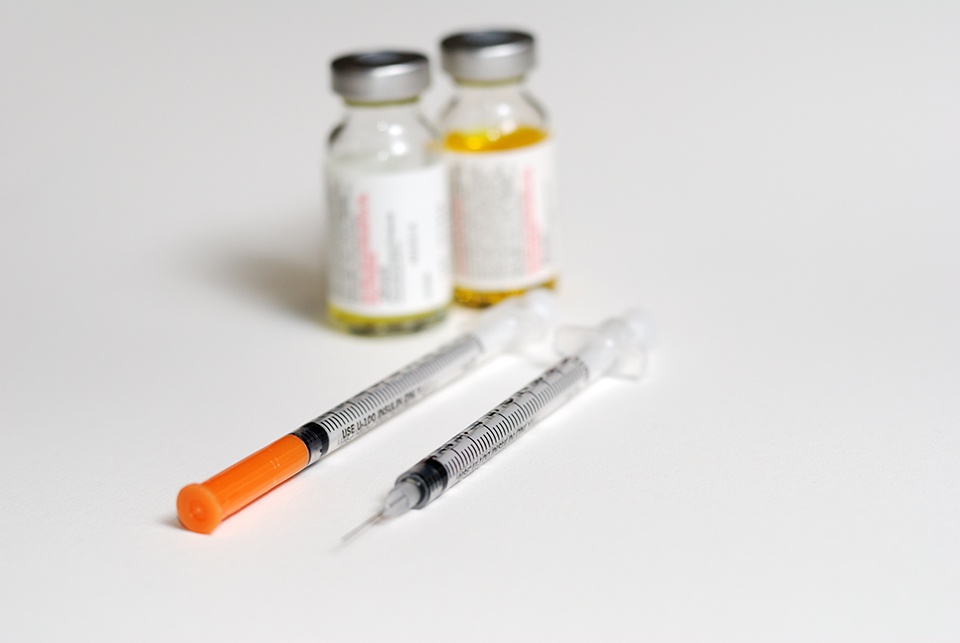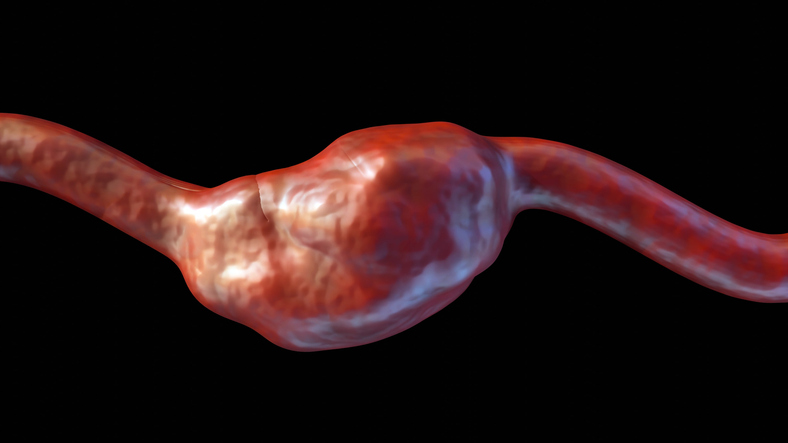
New research published in JAMA Oncology suggests that daunorubicin is associated with lower incidence of cardiomyopathy compared to doxorubicin in survivors of childhood cancer.
Researchers for this cohort study included 28,423 childhood cancer survivors from the Childhood Cancer Survivor Study (n=20,367), the Dutch Childhood Oncology Group LATER Study (n=5,741), and the St. Jude Lifetime study (n=2,315). Patient records were examined, focusing on the cumulative doses of each cancer treatment included in the studies (the anthracyclines doxorubicin, daunorubicin, epirubicin, and idarubicin, as well as the anthraquinone mitoxantrone). The main outcome measure was cardiomyopathy by 40 years of age. Cardiomyopathy risk by specific agent was calculated using Cox proportional hazard models.
Excellent study with surprising conclusion. New cog guidelines for surveillance reflect this data. https://t.co/GHKKAcGCnK
— seth rotz (@SethRotz) February 3, 2019
A total of 9,330 patients received doxorubicin, 4,433 received daunorubicin, 342 received epirubicin, 214 received idarubicin, and 265 received mitoxantrone. The analysis results showed that 399 cardiomyopathies occurred. The reported equivalence ratios were 0.6 (95% CI, 0.4 to 1.0) for daunorubicin, 0.8 (95% CI, 0.5 to 2.8) for epirubicin, and 10.5 (95% CI, 6.2 to 19.1) for mitoxantrone. The authors reported that ratios based on a continuous dose-response relationship were similar for daunorubicin and for epirubicin.
Daunorubicin is associated with less cardiomyopathy compared with Doxo in #ChildhoodCancer #survivors @JAMAOnc cancer Derivation of Anthracycline and Anthraquinone Equivalence Ratios to Doxorubicin for Late-Onset Cardiotoxicity https://t.co/X2veUBAuqm
— Rabi Hanna (@RabiHannaMD) February 2, 2019
“In a large data set assembled to examine long-term cardiomyopathy risk in childhood cancer survivors, daunorubicin was associated with decreased cardiomyopathy risk vs doxorubicin, whereas epirubicin was approximately isoequivalent,” the researchers wrote in their abstract. “By contrast, the current hematologic-based doxorubicin dose equivalency of mitoxantrone (4:1) appeared to significantly underestimate the association of mitoxantrone with long-term cardiomyopathy risk.”
Daunorubicin was associated with decreased cardiomyopathy risk vs doxorubicin, whereas epirubicin was approximately isoequivalent@JAMAOnc
Derivation of Anthracycline and Anthraquinone Equivalence Ratios to Doxorubicin for Late-Onset Cardiotoxicity https://t.co/fk5ezXynLd— 𝙅𝙚𝙨𝙪𝙨 𝘼𝙣𝙖𝙢𝙥𝙖 𝙈.𝘿, 𝙈.𝙎🧬🔬 (@jesusanampa) February 1, 2019
The study’s lead author offered additional perspective.
“The past several decades have been focused on devising combinations of drugs that work best for curing patients,” said Gail Tomlinson, MD, PhD, professor of pediatrics and the Greehey Distinguished Chair in Genetics and Cancer at UT Health San Antonio, said in a press release. “This has been a highly successful process with a substantial increase in survival for most cancer types. Now with so many survivors alive many years from their original cancer, it is imperative to fine-tune protocols based on the goal of minimizing late effects.”
Source: JAMA Oncology







 © 2025 Mashup Media, LLC, a Formedics Property. All Rights Reserved.
© 2025 Mashup Media, LLC, a Formedics Property. All Rights Reserved.